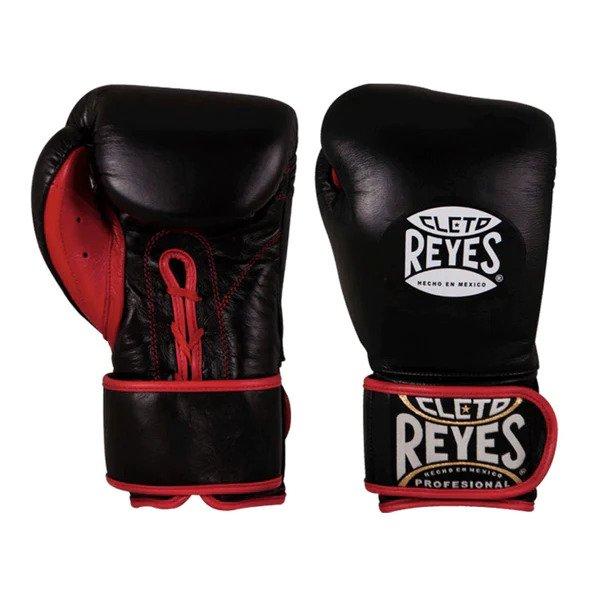Since the early days of fighting with bare knuckles, advancements in boxing gloves have gone a long way. As boxing developed as a sport, so grew the need for boxers to wear protective gear in order to keep themselves safe while competing. This blog will take you on a tour through the history of the evolution of boxing gloves, highlighting the significant milestones and inventions that have influenced the gloves that are used today.
Ancient Origins:
There is evidence that boxing was practiced in ancient civilizations such as Mesopotamia, Egypt, and Greece. This evidence dates back thousands of years. In the early days of the fight, neither side used gloves; instead, they battled with just their bare fists. However, because of the high incidence of hand injuries, combatants began to wrap their hands in swatches of leather or cloth in order to provide some measure of protection.
The Beginnings of Contemporary Gloves
The 18th century saw the introduction of boxing gloves that were more similar to those used today. Jack Broughton, a British bare-knuckle boxer, invented a padded leather glove known as the "Muffler" in the middle of the 1700s. Primitive gloves like this one had very little padding around the knuckles and were mainly used for sparring.
The Development of Padding:
Beginning in the 19th century, reyes boxing gloves started to include more sophisticated cushioning. The use of horsehair filling enhanced the cushioning of the gloves, which in turn reduced the likelihood of hand injuries occurring. On the other hand, these gloves did not yet have fixed sizes and were instead often fashioned to order for specific combatants.
Rules According to the Marquess of Queensberry:
The Marquess of Queensberry rules were first implemented into contemporary boxing in 1867, ushering in a new set of guidelines for the sport. In order to comply with these guidelines, combatants had to wear gloves that weighed no less than 6 ounces. The heavier weight of the cleto reyes boxing gloves was designed to lessen the impact of blows and cut down on the number of serious or fatal injuries that occurred inside the ring.
First Appearance of the Lace-up Gloves:
In the latter part of the 19th century, lace-up gloves came into existence, making it possible to achieve a more secure and individualized level of fit. During particularly hard battles, the laces kept the gloves securely in place, providing the combatants with more wrist support and stability.
The Ascendance of Synthetic Components:
During the 20th century, there was a rise in the popularity of using synthetic materials to make boxing gloves. When compared with conventional leather gloves, gloves made of materials such as vinyl and synthetic leather have become more widespread since they are more durable, more affordable, and simpler to maintain.
Innovations in both Architecture and Technology:
A substantial amount of improvement has been made in both the design and the technology of contemporary boxing gloves as a result of the development of sports science and engineering. The traditional horsehair padding has been replaced with multi-layered foam cushioning, which offers superior shock absorption and protection. These days, ergonomic designs conform to the curve of the hand, which not only maximizes comfort but also permits enhanced hand mobility and agility.
Gloves with a Specialized Design for Both Practice and Competition:
In modern times, certain goals are taken into consideration while designing boxing gloves. While competition gloves have lower cushioning to retain speed and precision during bouts, training gloves have greater padding for continuous usage during bag work and sparring sessions. Training gloves are also designed to last longer. These specialist gloves provide top performance while putting the combatants' safety first. They are an essential piece of equipment.
Innovations in the Brand:
The evolution of gloves has been significantly aided by the efforts of a number of well-known companies, including Cleto Reyes, Everlast, Winning, and Reyes, amongst others. These businesses are always looking for new ways to enhance their products by introducing cutting-edge designs, innovative fabrics, and refined methods of stitching in order to cater to the ever-evolving requirements of boxers.
Conclusion:
The development of boxing gloves has followed a path quite similar to that of the sport itself, from its unregulated and dangerous origins to its modern, highly controlled and cautious state. Boxing gloves have evolved over the course of many centuries to become an essential piece of equipment that improves performance, reduces the risk of injury, and enables competitors to compete at the greatest possible level. We can anticipate that as technology continues to improve, there will be more advancements in the design of boxing gloves. These innovations will ensure that boxers of the future have even better protection and performance benefits when competing in the ring.
